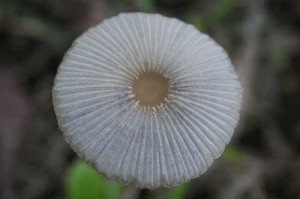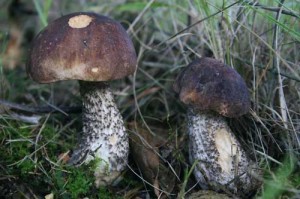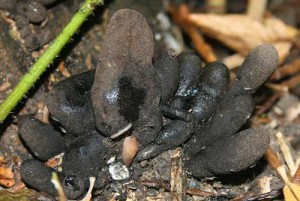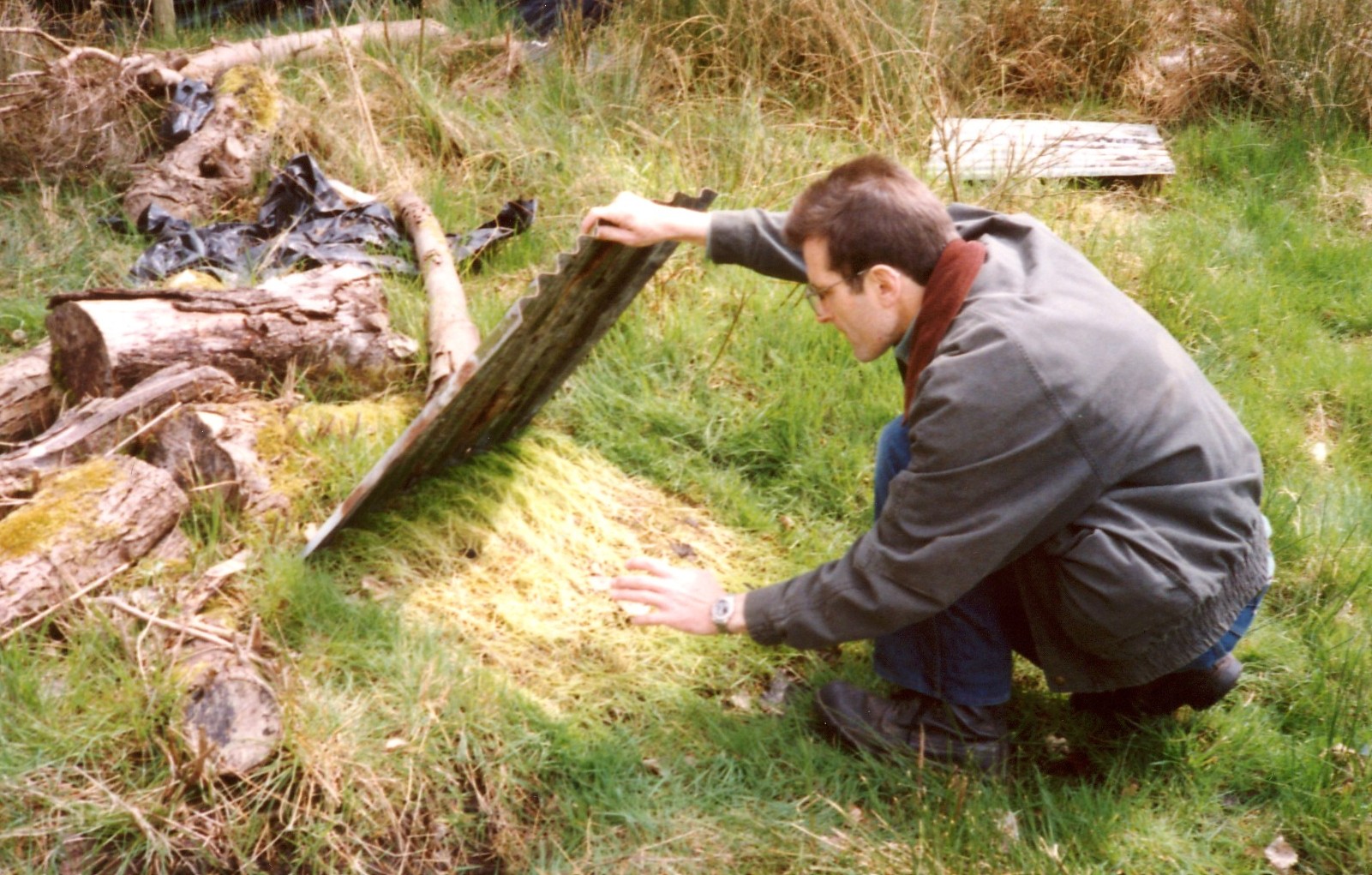Fungal Foray - Part Two
Guest blog by WWT London Wetland Centre Chief Ecologist Richard Bullock

So what of the fungi to be found at the London Wetland Centre? September and October are often great months to look out for fungi. Amidst the grass-lined pathways, look out for puffballs such as the Meadow, Pestle and Grey Puffballs (Lycoperdon pratense, Lycoperdon excipuliforme, Bovista plumbea). Waxcaps add a splash of autumn colour to some areas of nutrient-poor grassland – early autumn sees the appearance of the reds and oranges of the Blackening Waxcap Hygrocybe conica.
Look more carefully and you might see smaller mushrooms amidst the grass including the Pleated Inkcap Parasola plicatilis. The good old Field Mushroom is another one to keep an eye out for, as well as more impressive-sized fungi such as the Shaggy Parasols Chlorophyllum rhacodes / C. brunneum.
However, if it is ‘big-time’ mushrooms you are looking for, then do check out the woodland edges and nettle beds and you may just be rewarded with a Giant Puffball Calvatia gigantea - often the size of a football at the London Wetland Centre, but can grow far larger – and has been mistaken, at a distance on pastureland, for a sleeping sheep!

Although the London Wetland Centre lacks any mature woodland as such, it does, nevertheless in the shy-short score of years it has been in existence, seem to have attracted a range of fungi that would not look out of place in some naturalist’s woodland ‘Mecca’ such as neighbouring Richmond Park.
For example, our graceful looking birch trees, that are beginning to take on their golden mantle of autumn, play host to woodland mushrooms such as the Brown Rollrim Paxillus involutus, Birch Brittlegill Russula betularum, Brown Birch Bolete Leccinum scabrum and the hirsute-sounding Bearded Milkcap Lactarius pubescens.
Autumn can indeed be a fun-filled time and can be the perfect time to become engaged with WWT Half Term events such as the ‘Rotten Show’ as well.

For why not spend a Halloween-themed visit to the London Wetland Centre with a few minutes strolling around the reserve with one eye on the lookout for fungi with dark misfortunate names including Cramp Balls (or King Alfred’s Cakes) Daldinia concentrica, Dead Man’s Fingers Xylaria polymorpha, Candlesnuff Fungus Xylaria hypoxylon and ...... the Birch Woodwart Hypoxylon multiforme no less?
In case you missed it: Fungal Foray Part One



